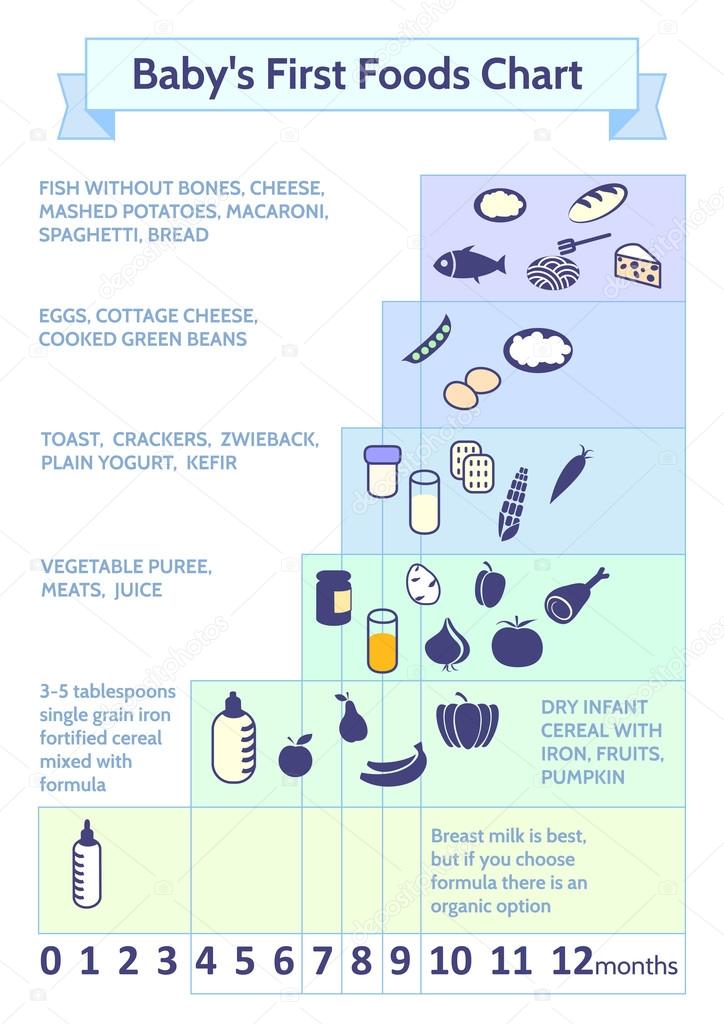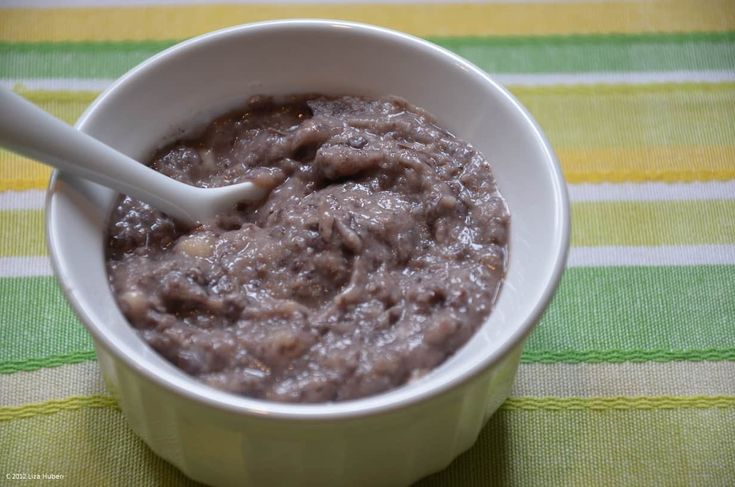Weight gain food chart for babies
Best foods for weight gain in babies & toddlers (0 to 3 years)
This post has been updated with a new list of weight gaining recipes at the end of this post for toddlers – above 1 year old. Many readers have been asking for suggestions on best foods for weight gain in babies & toddlers. I have shared the tips that one can follow. If you are a new reader to this blog and have reached here looking for weight gaining foods or recipes for your little heart, please read this food chart for babies above 8 months.
I suggest following the recipes on the post as well for a good weight gain. I would also suggest to read the comments before posting your query here as similar queries may have been answered in the comment section below.
If you are looking for a food chart for baby around 6 months, you can refer this post on solids for 6 months baby.
Best foods for weight gain in babies & toddlers (0 months to 3 years)
1. Breast milk is one of the best foods for babies under 6 months to gain weight. Since mother’s milk is more nutritious than any other foods, it is good to exclusively breastfeed babies for the first 6 months.
If a baby is breast fed, mum needs to eat more nutritious foods to have enough milk supply and to increase the quality of milk.
To increase the milk supply in lactating mothers’ foods like milk, lentils (DAL), garlic, flax seeds (alasi in hindi or avise ginjalu in telugu), chickpeas (chana), almonds, whole grains, methi leaves, methi seeds, dill leaves (sabbasige soppu in kannada), fennel seeds (saunf), cumin (jeera) have been proved to be beneficial. One needs to include these in their diet moderately.
At least 2 protein rich meals and a breakfast should be included in the diet of a lactating mother. For vegetarians lentils / dal is a best protein rich food.
Chickpeas can be enjoyed by mums having babies older than 3 months. If using they need to be soaked overnight, soft cooked with turmeric and other Indian spices to prevent vata dosha.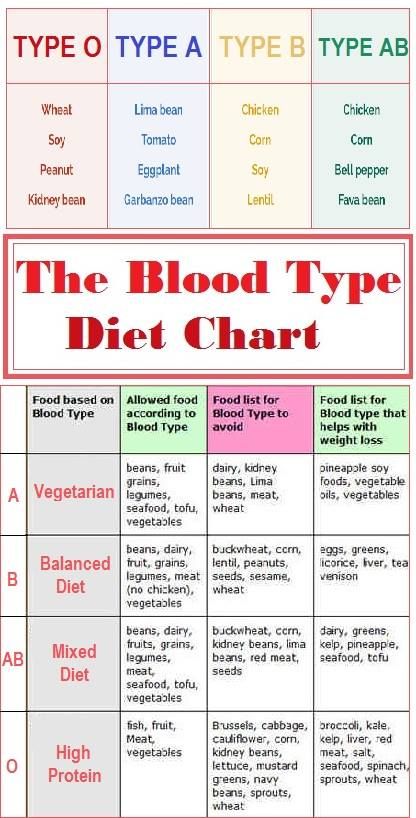
Traditionally gond ke laddu, dry fruits ladoos and copra ladoos were eaten by lactating mothers to improve the quantity and quality of breast milk. Here are some protein rich ladoos which you can try after consulting your elders.
Gond ke laddu
Dry fruits ladoo
Copra ladoo (or dried coconut ladoo)
Here is a simple homemade powder for increasing milk supply in lactating mothers. Dry roast equal quantities of cumin and fennel seeds till they turn aromatic. Cool them and grind to powder.
Mix ½ tsp powder in ½ tsp warm ghee and consume 30 minutes before food 2 to 3 times a day. Desi ghee works best. This can be consumed for 2 weeks, followed by a break for 4 to 5 days and then repeat the cycle.
This also helps to reduce colic in breastfed babies. A small portion of ajwain/ carom seeds can also be included.
2. There is also a wide population of women who are unable to breast fed due to medical or professional reasons, yet their babies tend to grow well in terms of height and weight. For babies who are not breast fed, Formula milk has been proved to be of great help.
For babies who are not breast fed, Formula milk has been proved to be of great help.
If your baby is over 6 months and you intend to stop breastfeeding, then choose a good formula milk with the help of your pediatrician. Formula milk is mostly balanced and has adequate nutrition which may not be available in dairy milk.
Formula milk helps to gain good weight in most babies, but one needs to be patient in trying out what works best for your baby. Many women express that formula milk is not good and hence should choose dairy milk.
Both have their own pros and cons. In the recent years, cows raised in farms are not grass-fed and are mostly on hormones either in their feed or injected to produce more milk. So it may be more unsafe than the formula milk.
A thorough research is conducted before any formula milk is sold in the market. So as a mother, you are the right person to choose between cow’s milk vs formula milk.
For babies above 12 months, fresh dairy milk can be used.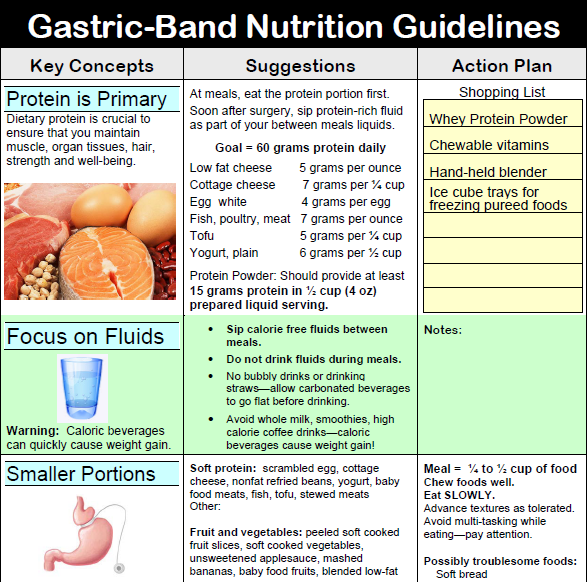 Do not use milk that comes in tetra packs for babies and toddlers.
Do not use milk that comes in tetra packs for babies and toddlers.
3. Foods like potato, pumpkin, sweet potato, dal, ghee, ragi, almonds, yogurt, eggs and milk help the baby to gain weight. Please take a pediatricians’ suggestion before you start any of these foods. As always follow a 3 day test rule.
How to make mashed potato for baby ?
Always choose hard potatoes that do not have any sprouts grown over them. Sprouted or soft potatoes are not healthy to use.
Wash and peel off the skin of the potato. Cook potato in excess water either in pressure cooker or a rice cooker steam basket or in a pot. It should be soft cooked.
While it is still hot, take it to a feeding bowl and mash it to soft. Add the potato stock that was left after cooking to make smooth puree. using a small steel glass you can easily mash it.
Add a pinch of ajwain and ghee and serve it warm. The same way you can also make mashed sweet potato for baby. Best time to serve these is for breakfast or lunch.
Best time to serve these is for breakfast or lunch.
It can also be cooked along with rice to make a rice potato khichdi. You can find the recipe of sweet potato here (new post)
How much potato or sweet potato for baby?
7 months baby – 1 tbsp 2 to 3 times a week
8 to 10 months – 2 tbsp. 2 to 3 times a week
10 to 12 months – 3 to 4 tbsp. 2 to 3 times a week
toddlers- use your judgement . Can be served 5 times a week to daily.
Serve potato or sweet potato at least 2 to 3 times a week with little ajwain powder and ghee. Avoid when baby has tummy upset, colic or spit ups.
Moong dal and urad dal help a lot to gain weight in babies & toddlers. Urad dal is a power house of nutrients, high in calcium and protein and also EFA , essential fatty acids that help to develop the brain. So Idli is a very healthy food for babies.
Using urad dal make idli and serve with mild rasam or dal ka pani and ghee.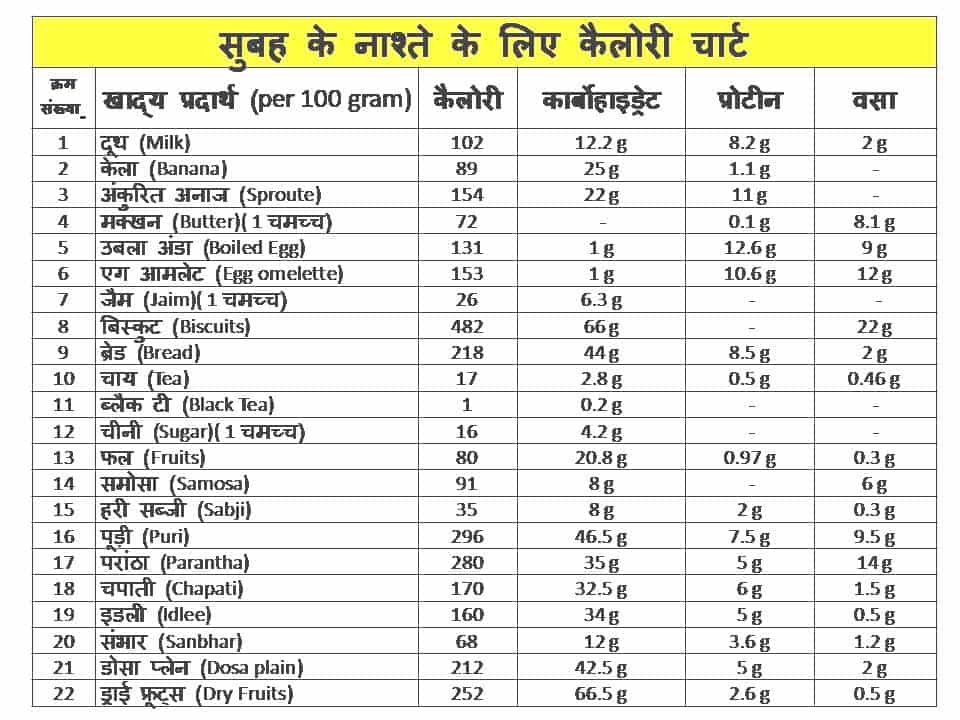 This can be fed daily. You can find the recipe of soft idli here and a rasam recipe for babies here.
This can be fed daily. You can find the recipe of soft idli here and a rasam recipe for babies here.
Include dal preferably moong dal or tuvar dal in lunch or breakfast every day. Do not mix dal with yogurt or milk. Just a simple vegetable dal rice khichdi works great for babies in gaining weight.
If your baby tends to get bored, change the vegetables used in the khichdi to give a different taste. You can find the recipe of dal khichdi here
Ragi porridge also helps to gain weight, it also strengthens the bones, teeth and helps for the overall development. Here is a complete post on how to introduce ragi to babies and how to make sprouted ragi flour for babies.
Yogurt and homemade paneer are also a good choice for babies over 8 months to gain weight. Serve yogurt alone or with brown rice and white rice in equal quantities.
I always used to make one cup curd separately for both my babies since it is not recommended to serve cold yogurt from the refrigerator. Also avoid serving in the evening or night.
Also avoid serving in the evening or night.
how much yogurt/ curd to serve for babies ?
2 tbsp homemade unsweetened yogurt/ curd can be fed to 8 to 10 months baby, 2 to 3 times a week (avoid during winters)
4 tbsp can be fed to a 10 to 12 months baby. 3 to 4 times a week (avoid during winters)
Eggs also help babies to gain weight. Prefer boiled eggs instead of scrambled eggs. There is a loss of nutrition in scrambled eggs especially the protein content.
you can find the recipe of homemade curd here.
How to feed egg to baby ?
Make a hard boiled egg. Remove the yolk and take small portion of it and mash it with a pinch of cumin powder, add very little water and mash the egg to blend it well with water. It should become a smooth paste.
how much egg for 7 months old baby ?
For a 7 months baby – Start feeding a tsp of the above said mashed egg yolk. It can be served 2 times a week.
For 8 months baby – a tbsp and then increase the quantity.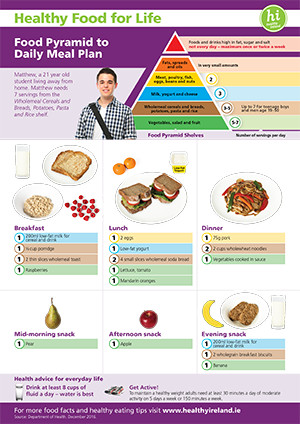
For 10 months baby – by the end of 12 months a baby can eat the entire mashed yolk.
Include banana, papaya, apple, pear and chikoo (sapota). Serve banana at least 4 to 5 times a week. We give the small variety banana to babies. Avoid it when baby has cold and phlegm.
Serve a warm apple sauce or apple oats when the baby has cold and congestion. Banana helps to gain weight and most fruits helps to digest foods better since they contain natural digestive enzymes.
The nutrients from other foods are better absorbed by the body when a good amount of fruits are consumed (the right way).
Follow the rule, of feeding fruit alone without mixing with other foods at least once a day. Strictly do not serve fruits and milk together.
4. Ghee also helps to gain weight – How much ghee to serve for babies and toddlers ?
Start with only few drops a day when you introduce ghee to your baby. Try using organic and grassfed or desi ghee. Desi ghee can be found in ayurvedic stores or can also be bought online.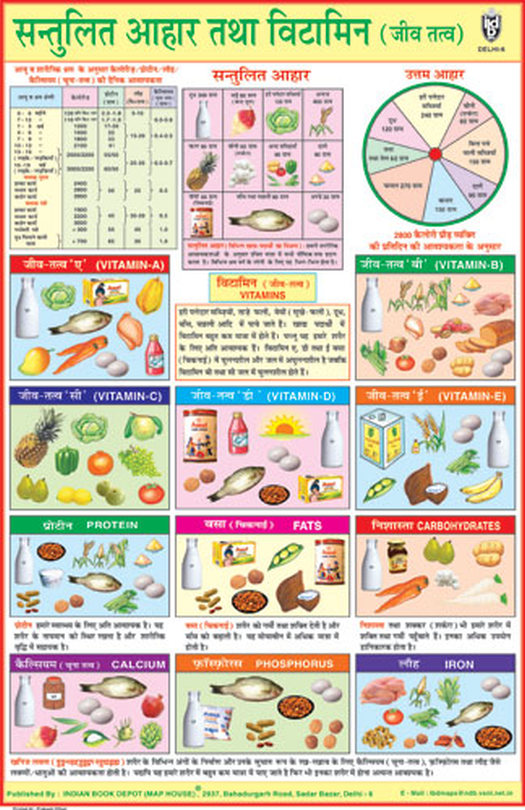
If you notice symptoms like coughing, itchy eyes or rubbing eyes or rashes stop it. Try with a new brand or try with homemade ghee. If your baby or toddler do not like the flavour of ghee, I suggest making ghee at home.
Just add few curry leaves towards the end when you make ghee at home, it adds a good aroma.
Excess usage of ghee may suppress the baby’s appetite, so use only as needed, a mother is the best judge. I followed the following measures for my babies and no cheese or butter was given to them.
If using butter then reduce the proportionate amount of ghee from the below mentioned quantity.
7 months ½ tsp ghee divided among 2 servings – start with only a few drops of melted ghee
8 months ¾ to 1 tsp ghee divided among 2 servings
10 months 1 to 1 ¼ tsp ghee divided among 3 servings
12 months on wards 1 to 1 ½ tsp ghee divided among 3 servings
Some babies may not digest fats in ghee well especially if formula milk, cheese, or butter are already a part of the diet.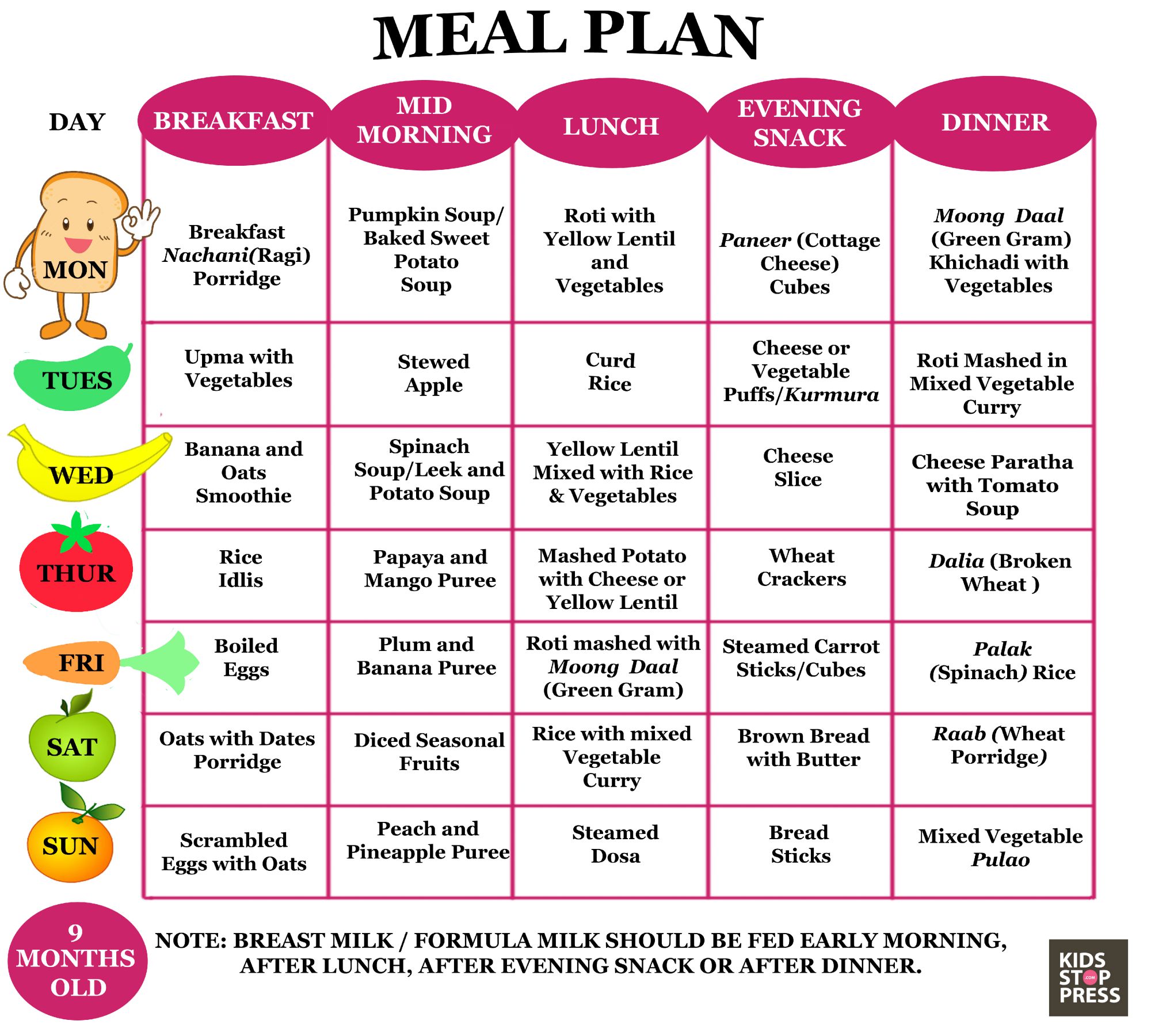 You can try with only half of the above quantity.
You can try with only half of the above quantity.
5. Can i use almonds / badam for my baby?
Experts advice not to introduce nuts to babies until 1 year as they may end up with severe allergies. So i would suggest waiting until your baby turns an year old especially if there is an history of allergy in your family.
However i have used almonds from 8 months for both my babies. Those who would like to try may start with almonds since these are the only kind of nuts that are slightly alkaline (apart from chestnuts).
Alkaline foods help us to keep our body healthy and energetic. Always try using soaked almonds. Soaking also increases the alkaline nature and hence digest well.
Soaking for about 5 to 6 hours also helps to peel the skin. They can be ground with little water and then used to cook baby foods like oats, ragi, rice etc.
6. Physical activity
Allow the baby to crawl freely, do not restrict your babies to prams or rocking chairs.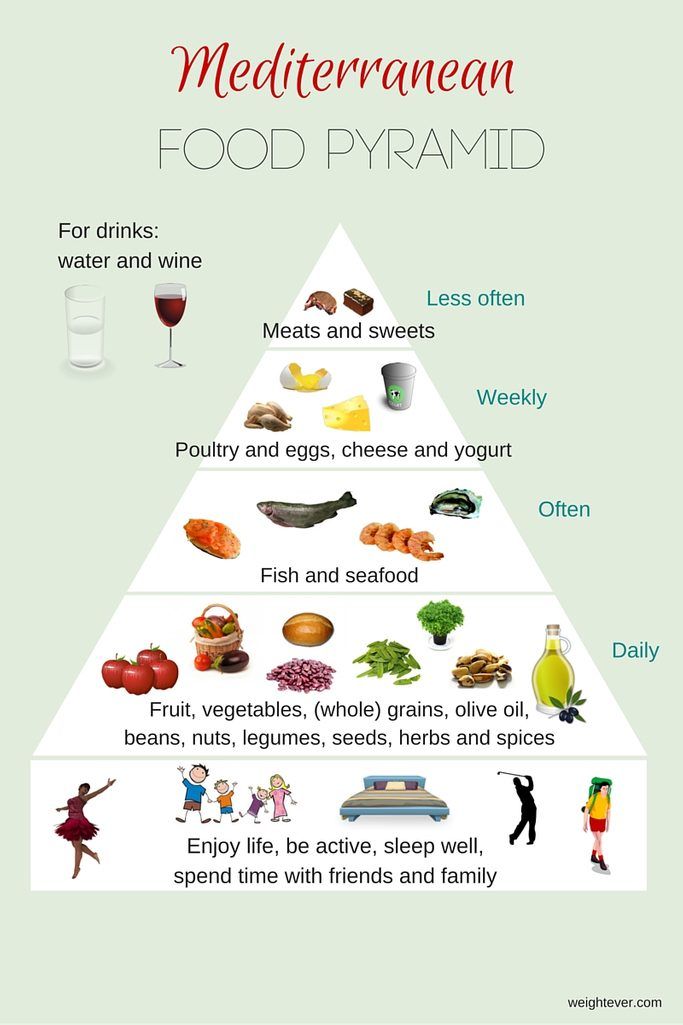 Being physically active helps babies feel hungry in time. They are less fussy and eat or drink well.
Being physically active helps babies feel hungry in time. They are less fussy and eat or drink well.
Burping is very important as it helps to relieve the babies from colic and they tend to drink better. Gently Burp before feeding, in between the feeds, Burp after the feed. Keep the baby in upright position for at least 15 minutes after a feed.
Foods for weight gain in toddlers (above 1 year)
Breakfast menu
Pesarattu with ghee
Idli with ghee (1:2 proportion) – use search box for idli recipe
Soft thick dosa with boiled mashed potato
Chick pea / chana soup
chana dosa (with steamed mashed carrots)
moong dal soup
carrot milkshake
oats uttapam (use carrot for topping, follow method 2)
jowar dosa: you can make uttapam with carrot topping. Jowar makes bones strong and helps to gain good weight.
ragi mudde with rasam or any soup.
paneer paratha – no stuffing, good finger food too for snack in the evening
Boiled egg – boiled eggs have more nutrition than scrambled eggs.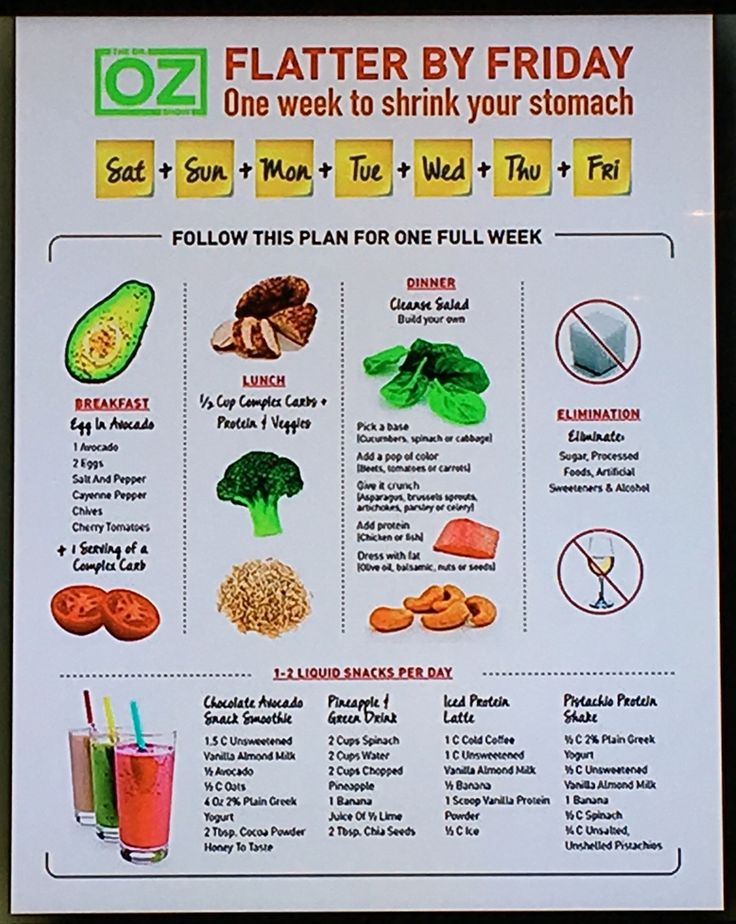 So try serving boiled egg with mild flavorings like pepper, cumin powder, ajwain and salt.
So try serving boiled egg with mild flavorings like pepper, cumin powder, ajwain and salt.
Suggestions from experienced mothers are welcome and highly appreciated to enhance this page.
Disclaimer: Please check with a pediatrician before you follow any of the tips or foods mentioned in this post.
My Heartfelt Thanks to all the Readers who have been consistently sharing with us their personal experiences with their babies, this has helped many new mothers to understand the baby food patterns and other food related issues.
Wishing a Wonderful Motherhood to all the MUMS
Baby food chart with recipes for 7 months to 1 year Indian baby & toddlers
By Swasthi on August 6, 2022, Comments,
Indian baby food chart along with a list of tried & tested 60 Indian baby food recipes. Thanks to the readers who led me to this post on Indian baby food chart.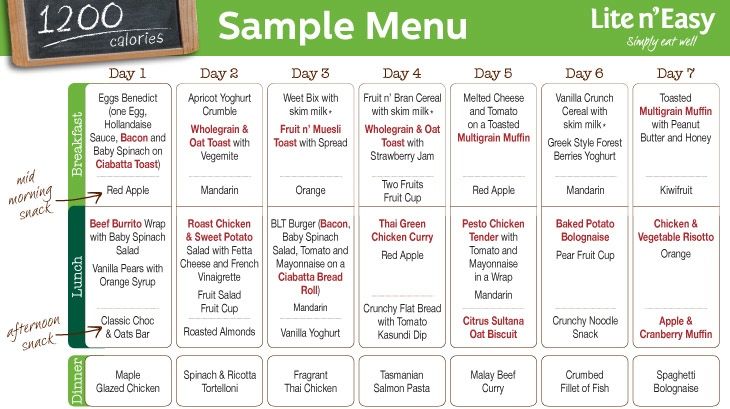 Before I take you to the details of the food chart and the food recipes, please be informed that this post is based on my experience. I have honestly expressed my views and opinions on easy baby weaning so that it could be helpful to new mothers.
Before I take you to the details of the food chart and the food recipes, please be informed that this post is based on my experience. I have honestly expressed my views and opinions on easy baby weaning so that it could be helpful to new mothers.
Please read the comments below before posting your queries since similar queries may have been answered.
Well, some of my tips might look like old wives tales since they are based on Ayurveda, but I do trust them in growing healthy and happy babies. However I suggest consulting your elders or pediatrician before you follow any new foods or tip that have been mentioned here.
For the past several years, I have been consistently sharing & updating baby recipes especially for a good weight gain. You can find all the latest recipes or ideas on the baby toddler recipes section.
Readers who have been asking for suggestions on foods to gain weight, please check this detailed post on best foods for weight gain in babies & toddlers.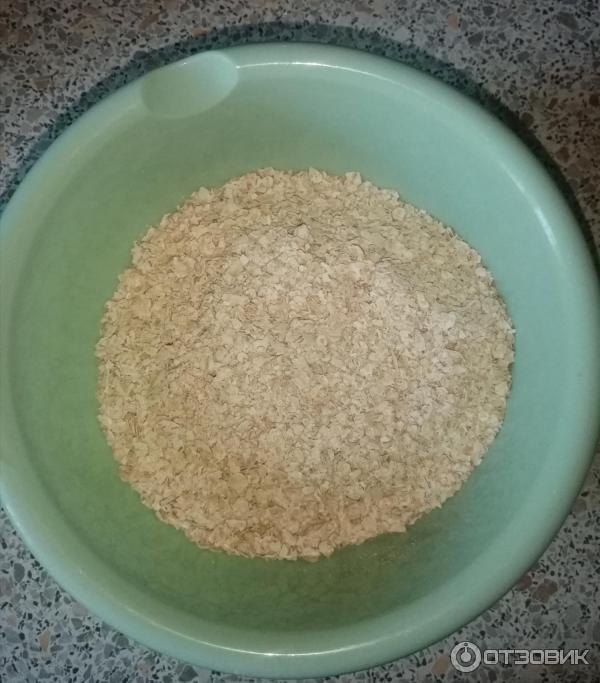
Is this baby food chart suitable to my Baby?
This Indian baby food chart is a generalized one suitable for most babies. However i suggest you to use your judgement whether to include or not, certain ingredients in your babies diet based on your babies allergies, intolerance, appetite, likes and dislikes.
I have tried to link most Indian baby food recipes that I have posted earlier on this blog. Many were written almost 5 years ago and are updated regularly with new tips based on the readers reviews.
This Indian baby food chart was developed by me based on what i fed my 2 kids, whose birth weight was 3.3 kgs and 3.4 kgs. The ideas were basically drawn from the health and baby weaning booklets that were given to us during our visits to the singapore clinics, hospitals and few from clinics in Bangalore.
This chart is also suitable to babies who were preterm born or were underweight. However I suggest mums with such babies to consult a pediatrician if you are skeptical about these foods.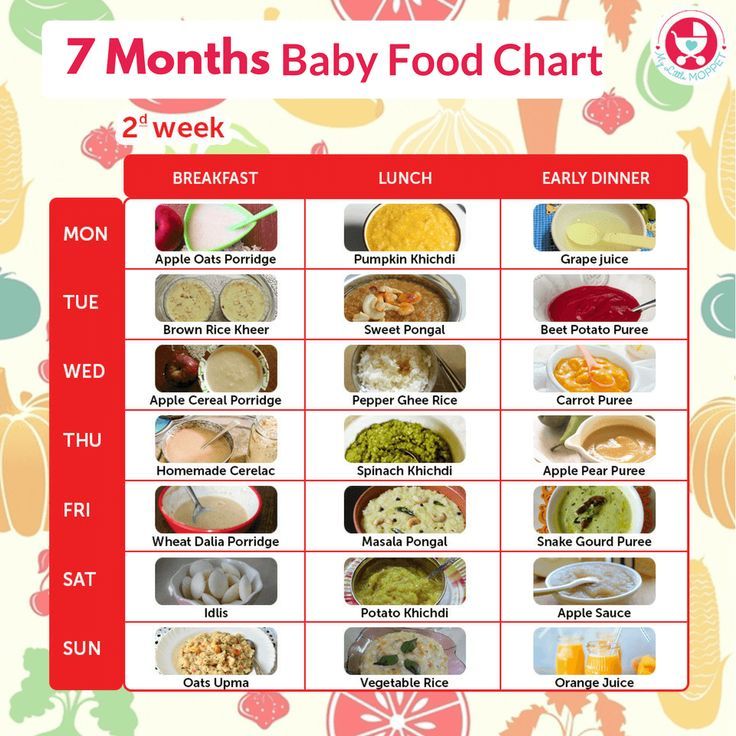
This post will be updated, to include tips and other information. You can leave a comment here if you want to know anything specific which will be answered. Please feel free to share or discuss your experiences, views, problems that you encounter while weaning your babies in the comment section. It could be helpful to other readers, it’s through sharing we can learn.
When to introduce food to baby – 6 months to 1 year
Here is a brief guide on the right time to introduce foods. But how to introduce them can be found in the recipe posts. Example: Oats or oatmeal – I have mentioned clearly how to choose them and the kind you can use and how to prepare it for a baby.
You can find a a detailed baby food chart for 6 months old baby here along with recipes.
This Indian baby food chart and the baby food recipes have been developed for a good weight gain in babies.
Indian baby food chart for babies above 7 months or from 8 months
| Milk – (skip milk if baby wakes up after 8 am, make a milk based breakfast from breakfast section) |
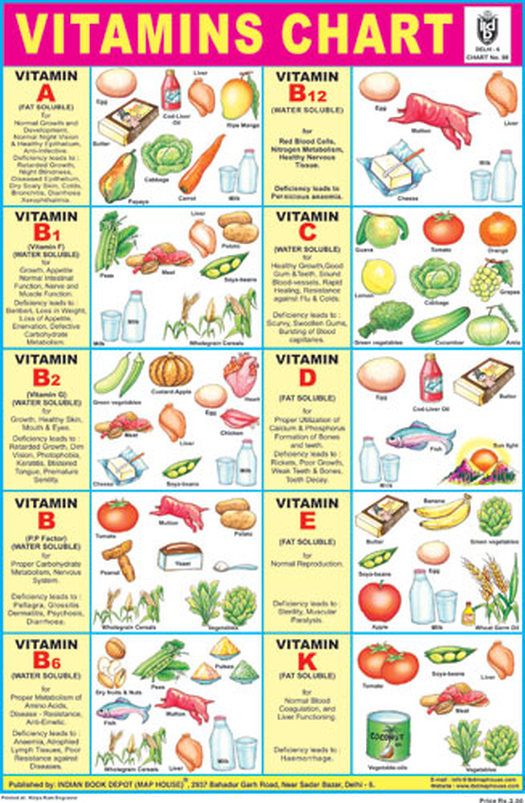 30 to 8 am 30 to 8 am |
| One of the following: APPLE RICE CEREAL Quick fix breakfast (for 8 to 18 months): |
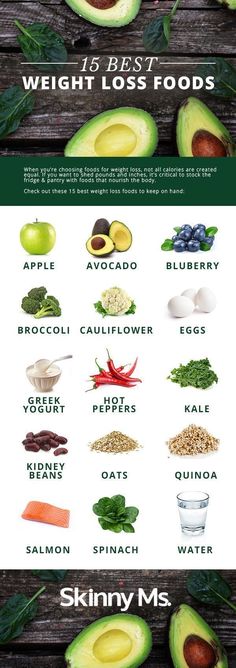 15 am 15 am |
| One of the following: Steamed apple (raw apple for babies older than 12 months) |
| Try using whole grains like RAGI OR FINGER MILLET Try one of the following DALIA KHICHDI (vegetable broken wheat food) For a lighter meal, if the baby has colic mashed rice with dal ka paani with a pinch of ajwain(strained dal soup) |
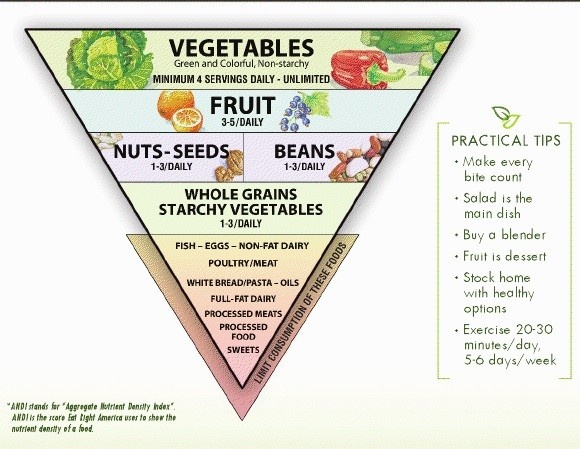 30 to 3 pm 30 to 3 pm |
| Fruits or steam cooked mashed veggies |
| One of the following: Large serving of Milk |
| Please Note: Feeding late can cause indigestion and the infant may not sleep due to colic. Avoid feeding heavy foods. Dinner should always be light, nutritious, mostly vegetable based. For babies from 10 to 12 months prefer light foods from breakfast section. Avoid egg & nuts. Babies above 12 months : Any foods mentioned in the breakfast and lunch can also be served for dinner. Other options mashed rice with dal ka paani (strained dal soup) |
| Large serving of Milk. Make sure there is a gap of at least 1 hour 30 mins in between the completion of dinner and milk. For babies above 12 months: If the baby is still hungry after the milk, can feed some light crackers. |
Related post: how to make ragi flour for babies or toddlers’ porridge
Tips to increase the appetite in babies
1. Try to serve fruits 1 ½ to 2 hours before a meal. They tend to make the infant feel hungry naturally. Do not serve fruit with a meal.
2. Do not mix fruits with dairy especially milk. It leads to indigestion.
It leads to indigestion.
3. Babies need exercise, let them play and crawl or run around. Don’t confine them to a small area. For toddlers / babies who can walk, a small walk in the neighborhood before a meal can make them hungry.
General Tips:
1. If you have a very fussy baby, avoid milk in the early morning and serve milk based breakfast mentioned in the table.
2. Serving bread or any other baked stuff to babies, leads to colic or bloating due to the ingredients like baking soda, powder, yeast etc.
3. Limit crackers or biscuits to only once a day, avoiding is however better.
About Swasthi
I’m Swasthi Shreekanth, the recipe developer, food photographer & food writer behind Swasthi’s Recipes. My aim is to help you cook great Indian food with my time-tested recipes. After 2 decades of experience in practical Indian cooking I started this blog to help people cook better & more often at home.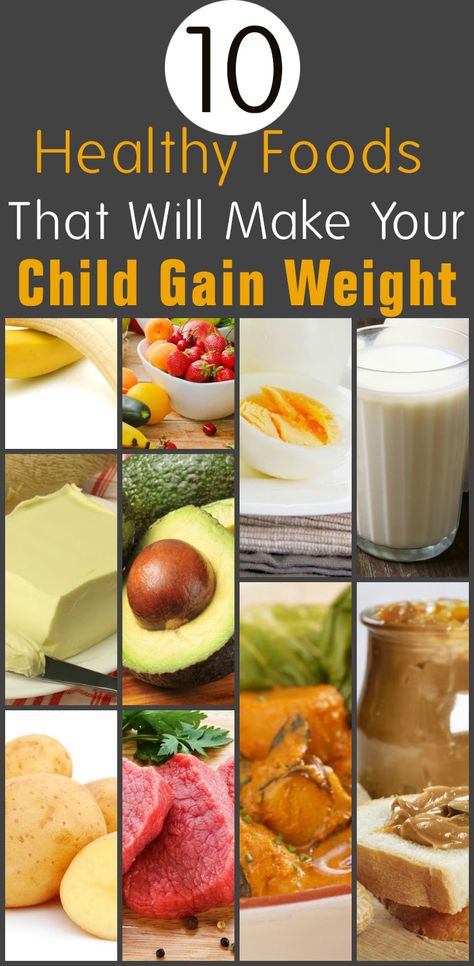 Whether you are a novice or an experienced cook I am sure Swasthi’s Recipes will assist you to enhance your cooking skills.
Whether you are a novice or an experienced cook I am sure Swasthi’s Recipes will assist you to enhance your cooking skills.
Follow Swasthi’s Recipes
Sign up to receive awesome Swasthi’s Recipes in your inbox *
Popular Recipes
Featured Recipes
rules and regulations from experts
Monthly weight gain in infants is an important indicator of health and proper development. By the size of the increase, you can judge whether the baby is getting enough nutrition. In addition to body weight, the growth of the baby is measured: this parameter also has its own patterns.
Weight gain per day
The weight of a newborn child grows most rapidly in the first 3 months of life. During this period, he gains about 25-30 g per day, and then the daily increase decreases to:
- 20-25 g - from 3 months to six months;
- 15-20 g - from 6 to 9 months;
- 10-15 g - from 9 months to a year.
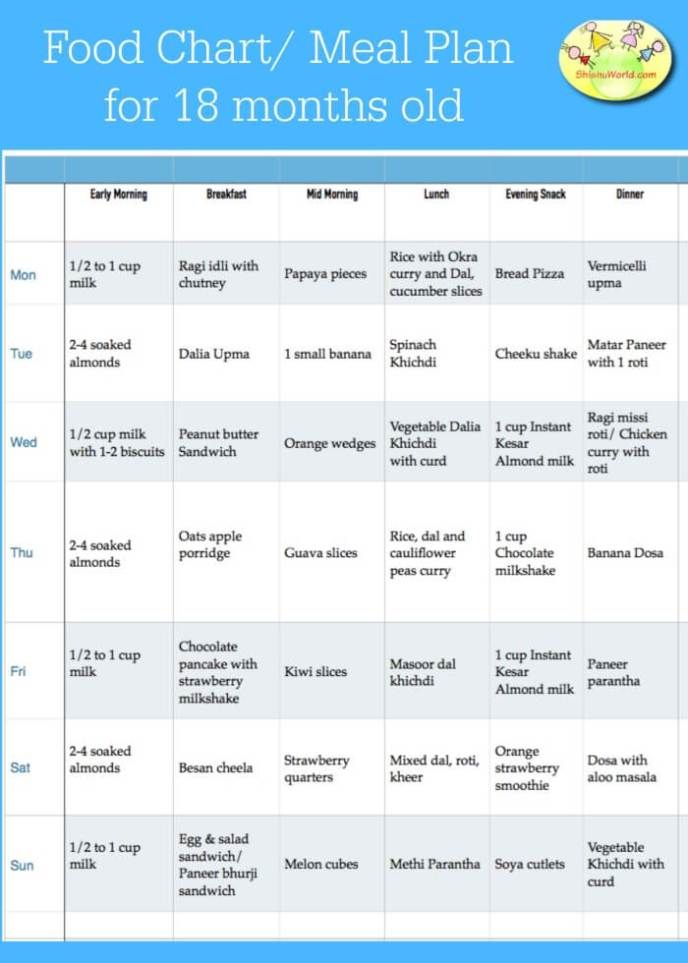
The indicated values show weight gain in newborns who are breastfed.
For most children, the greatest weight gain occurs in the first month after birth. It was at this time that the nervous system actively develops, the bones of the skeleton grow, and the so-called "baby fat" provides myelination of nerve fibers.
Nerves with a myelin coating, consisting of fats and proteins, conduct impulses much better and faster, which greatly contributes to the harmonious development of the baby. That is why a newborn's weight gain of 1.5 and even 2 kg in the first month of life is not only acceptable, but even useful. A good weight gain immediately after birth facilitates and accelerates the passage of stages of motor development.
However, even completely healthy babies may not reach the norm and weigh less than expected. The reason is most often heredity, because the children of thin and short parents are unlikely to be much larger than them.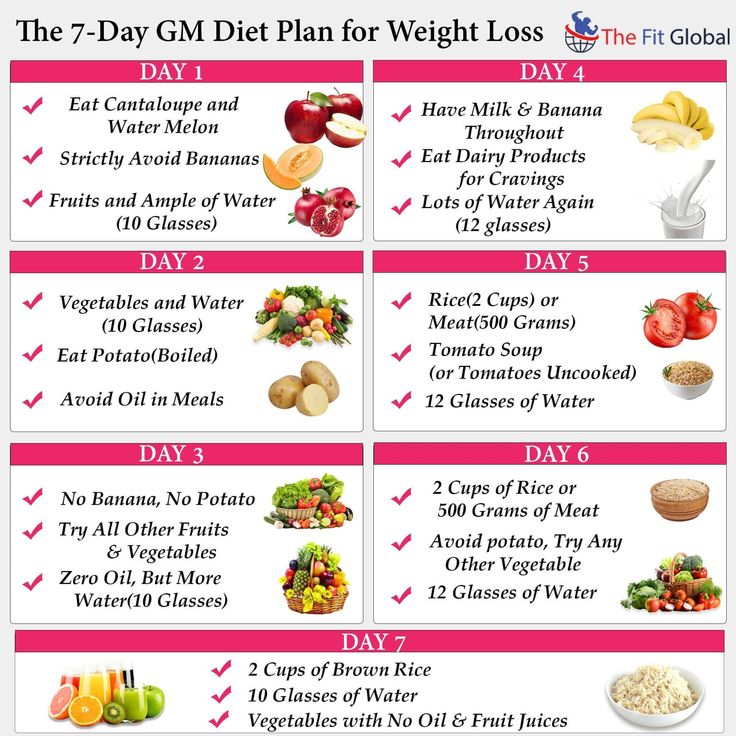
However, in some cases, a low newborn weight may indicate some kind of pathology or feeding errors. Such circumstances should also be taken into account and the results of weighing should be compared with the generally accepted norms for weight gain in infants by months.
Important! The weight gain of a formula-fed newborn is usually more stable and in line with the average values. For "naturals" who eat breast milk, the limits of the norm are wider, so small deviations should not frighten parents.
The rate of weight gain in newborns up to a year
| Age, months | Boys, monthly increase, g | Weight gain up to a year in girls, g |
| one | 400-1200 | 400-900 |
| 2 | 400-1500 | 400-1300 |
| 3 | 600-1300 | 500-1200 |
| four | 400-1200 | 500-1100 |
| 5 | 300-1000 | |
| 6 | 400-1000 | |
| 7 | 200-1000 | 200-800 |
| eight | 200-800 | |
| 9 | 100-600 | |
| ten | 100-600 | 100-500 |
| eleven | 100-500 | |
| 12 |
The Union of Pediatricians of Russia offers the following norms for weight gain and height:
| month of life | How much does the baby add, g | Increase in height, cm |
| one | 600 | 3 |
| 2 | 800 | |
| 3 | 2. | |
| four | 750 | |
| 5 | 700 | 2 |
| 6 | 650 | |
| 7 | 600 | |
| eight | 550 | |
| 9 | 500 | 1.5 |
| ten | 450 | |
| eleven | 400 | |
| 12 | 350 |
Weight gain depends on the type of feeding, the child's activity and genetic factors. Our doctors will remotely help to distinguish between normal and abnormal weight gain, give recommendations on how to improve the nutrition of the baby and answer any questions about the health of children under one year old.
Weight gain guidelines for children - WHO guidelines
The World Health Organization has developed detailed indicators of the normal development of newborns, allowing it to be objectively assessed. The widely used reference parameters in the past described only the "average temperature in the hospital", while not showing the optimal values for a particular infant.
The table below shows how much a child should gain during the first year of life, and how important deviations are in one direction or another.
| Month | The norm of the weight of a newborn (girl) by months, g | ||||
| Very low | Short | Average | High | Very tall | |
| one | 2700 | 3200 | 3600-4800 | 5500 | 6200 |
| 2 | 3400 | 3900 | 4500-5800 | 6600 | 7500 |
| 3 | 4000 | 4500 | 5200-6600 | 7500 | 8500 |
| four | 4400 | 5000 | 5700-7300 | 8200 | 9300 |
| 5 | 4800 | 5400 | 6100-7800 | 8800 | 10000 |
| 6 | 5100 | 5700 | 6500-8200 | 9300 | 10600 |
| 7 | 5300 | 6000 | 6800-8600 | 9800 | 11100 |
| eight | 5600 | 6300 | 7000-9000 | 10200 | 11600 |
| 9 | 5800 | 6500 | 7300-9300 | 10500 | 12000 |
| ten | 5900 | 6700 | 7500-9600 | 10900 | 12400 |
| eleven | 6100 | 6900 | 7700-9900 | 11200 | 12800 |
| 12 | 6300 | 7000 | 7900-10100 | 11500 | 13100 |
Weight gain in newborn boys, according to WHO recommendations:
| Month | Monthly baby weight gain (boys) | ||||
| Very low | Short | Average | High | Very tall | |
| one | 2900 | 3400 | 3900-5100 | 4400 | 5000 |
| 2 | 3800 | 4300 | 4900-6300 | 7100 | 8000 |
| 3 | 4400 | 5000 | 5700-7200 | 8000 | 9000 |
| four | 4900 | 5600 | 6200-7800 | 8700 | 9700 |
| 5 | 5300 | 6000 | 6700-8400 | 9300 | 10400 |
| 6 | 5700 | 6400 | 7100-8800 | 9800 | 10900 |
| 7 | 5900 | 6700 | 7400-9200 | 10300 | 11400 |
| eight | 6200 | 6900 | 7700-9600 | 10700 | 11900 |
| 9 | 6400 | 7100 | 8000-9900 | 11000 | 12300 |
| ten | 6600 | 7400 | 8200-10200 | 11400 | 12700 |
| eleven | 6800 | 7600 | 8400-10500 | 11700 | 13000 |
| 12 | 6900 | 7700 | 8600-10800 | 12000 | 13300 |
Average weight gain by month (WHO):
| Age, months | boys | Girls |
| one | 1023 | 879 |
| 2 | 1196 | 1011 |
| 3 | 815 | 718 |
| four | 617 | 585 |
| 5 | 522 | 489 |
| 6 | 422 | 401 |
| 7 | 357 | 344 |
| eight | 316 | 311 |
| 9 | 285 | 273 |
| ten | 259 | 245 |
| eleven | 243 | 233 |
| 12 | 239 | 232 |
Features of newborn weight gain by months
It is important to remember that almost every newborn baby loses about 7% of body weight in the first few days of life.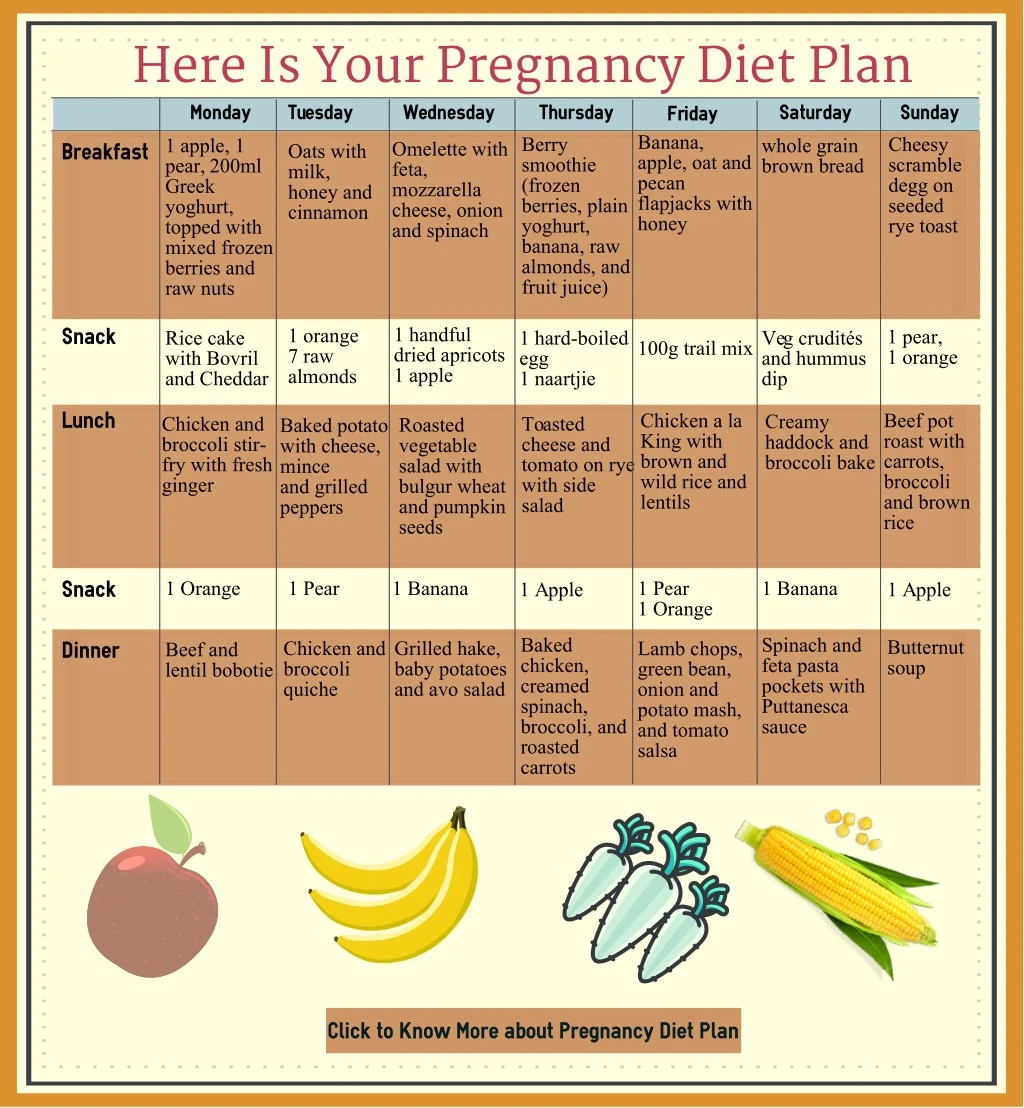 This is due to getting rid of the original stool - meconium - and excess moisture, designed to help pass the birth canal without damage.
This is due to getting rid of the original stool - meconium - and excess moisture, designed to help pass the birth canal without damage.
Weight loss lasts from 2 to 4 days, after which it gradually stabilizes and after about a week (sometimes 2) begins to grow.
If weight loss in infants does not exceed 8% of body weight at birth, this is considered normal and does not require correction. It is necessary to continue to put the baby to the breast often enough, even if there seems to be very little milk in the breast.
However, in case of weight loss of more than 8%, or its further decrease after 4-5 days after birth, we can talk about malnutrition or serious health problems.
Attention! By the end of the second week of life, the child should fully regain its normal weight, "catching up" with the numbers at birth.
Weight gain in preterm infants by month
Premature babies lose weight in the first days of life more than full-term babies - from 4 to 12% of the initial weight. The maximum decrease is observed on the 4-7th day, after which the body weight remains at the same level for 2-3 days and then begins to slowly increase.
The maximum decrease is observed on the 4-7th day, after which the body weight remains at the same level for 2-3 days and then begins to slowly increase.
The allowable temporary weight loss in the first days after birth in a premature baby is as follows:
- 7-9% - with an initial weight of more than 1.5 kg;
- 10-12% - 1-1.5 kg;
- 14-15% - less than 1 kg.
Taking into account the degree of prematurity, weight gain by months is normally:
| month of life | one | 2 | 3 | four | 5 |
| Weight norm (gain), g | 1 degree - 300-450 g; 2 degree - 450-675 g; 3 degree - 600-900 g | 1 st. – 300-450 2 tbsp. 3 art. – 600-900 | 800 for all degrees | 700 for any degree of prematurity | |
It is especially important to monitor weight gain in premature babies. In the first three months, the baby should gain about 30 grams, then the gains slow down.
In more detail, the norms of the weight of the baby by months are described in the following table:
| Age, months | Degree of prematurity | |||
|---|---|---|---|---|
| 4 tbsp - 0.8-1 kg | 3 tbsp - 1.001-1.5 kg | 2 tbsp - 1.501-2 kg | 1 tbsp - 2.001-2.5 kg | |
| Gain, g | ||||
| one | 180 | 190 | 190 | 300 |
| 2 | 400 | 650 | 700-800 | 800 |
| 3 | 600-700 | 600-700 | 700-800 | |
| four | 600 | 600-900 | 700-900 | |
| 5 | 650 | 750 | 800 | 700 |
| 6 | 750 | 800 | 700 | |
| 7 | 500 | 950 | 600 | |
| eight | 600 | 700 | ||
| 9 | ||||
| ten | 450 | 500 | 400 | 400 |
| eleven | 500 | 300 | 500 | |
| 12 | 450 | 350 | 400 | 300 |
Calculator of weight gain up to a year in premature artificial babies
To ensure that the average weight of a newborn remains within the normal range, it is recommended to calculate the amount of milk formula consumed by him. This is based on the calculation of 10 ml of the mixture + the age of the child in days for every 100 g of body weight.
For example, for a 10-day-old child weighing 1.5 kg, the required amount of food will be:
10 ml + 10 days = 20 ml / 100 g of weight.
20 ml x 15 \u003d 300 ml - the amount of food per day.
In accordance with the schedule, the child is fed 8 times a day, so the result should be divided by 8. Thus, 300: 8 = 37 ml of the mixture is needed for 1 feeding.
Case study:
The parents of a two-month-old child turned to the pediatrician with a complaint of weight loss. In the first month, the baby gained 800 g, and in the second, only 450 g. The doctor explained that the reason, most likely, was in the lactation crisis - the formation of lactation, which is characteristic of most mothers. There is no cause for concern yet.
Monthly weight - too much or too little?
The monthly minimum weight gain is 0. 5 kg, according to WHO recommendations. They were developed in 2004 based on data from a large-scale study of nearly 6,000 breastfed newborns.
5 kg, according to WHO recommendations. They were developed in 2004 based on data from a large-scale study of nearly 6,000 breastfed newborns.
It turned out that babies develop the same way, regardless of race and country of residence. Tables with data on how much a newborn should weigh have been recommended as general developmental standards for breastfed babies.
However, a number of pediatricians, especially the old school, continue to rely on old tables more than thirty years old. Meanwhile, they were developed for artificial children who add stably 600-800 g per month in the first half of the year and 500-700 g per month in the second.
As a result, by the age of 1 year, the average artificial child has a growth below the norm, but weighs more than the average baby and masters motor skills worse. Despite this, pediatricians, looking at outdated tables, advise either to breastfeed well-added infants less often, or to introduce complementary foods after 4 months with a decrease in weight gain.
Breastfed babies are actively learning new motor skills at 4-6 months of age. They try to sit down, try to crawl and move a lot, gaining about 500-600 g per month.
After six months, monthly increases decrease to 600-900 g at 6-9 months and to 100-300 g after 9 months.
Important! With a decrease in the frequency of feeding, lactation decreases in mothers. If the baby is not gaining weight well, you need to start applying the baby more often and stimulate him to suck.
What to do if the baby's monthly weight is below the norm
If the weighing result suddenly turned out to be lower than the standard weight norm for children by months, you must, first of all, weigh the crumbs again. And immediately, and then repeat the weighing in a few days.
Hundreds, if not thousands, of mothers worried about their children, thinking they were malnourished. In fact, they weighed them on faulty or poorly adjusted scales.
In the case of confirmation of the "underincrease" it is worth considering what could have caused it. Perhaps they were:
- nervous overload in mother or child;
- illness of the mother or baby;
- changes in hormonal status under the influence of contraceptives, some of which can reduce lactation;
- more rare feeding;
- vaccinations;
- massage sessions, swimming.
The last two points can provoke not only a decrease, but also the cessation of weight gain. Other causes are adjusted to minimize their impact on the child.
The increase in increases depends on factors such as:
- breastfeeding frequency, which changes over time. In the first six months, it averages 10-15 times a day;
- retraction of the nipples;
- feeding at night. The hormone prolactin, which determines the volume of milk, is especially active in the period from 3 to 8 in the morning.
 During these hours, it is advisable to feed the baby at least twice.
During these hours, it is advisable to feed the baby at least twice.
Low weight gain may be due to malnutrition in the child. This is especially true if the mother is breastfeeding. Our doctors will remotely help to establish breastfeeding and answer other questions about the baby's nutrition.
Too little or no increase
Gaining too little or stopping weight is a cause for concern. The most common cause is nutritional deficiencies due to insufficient suction of milk from the breast. And this is dangerous, because a growing organism needs protein - a building material for all tissues, including the brain.
A child receives protein exclusively with mother's milk, it does not have its own reserves, and fats and carbohydrates are not its full replacement. In addition to plastic, proteins perform a catalytic and hormonal function, being part of absolutely all enzymes and many hormones.
Proteins are involved in the transport of carbohydrates, vitamins and oxygen, because even hemoglobin has a protein nature.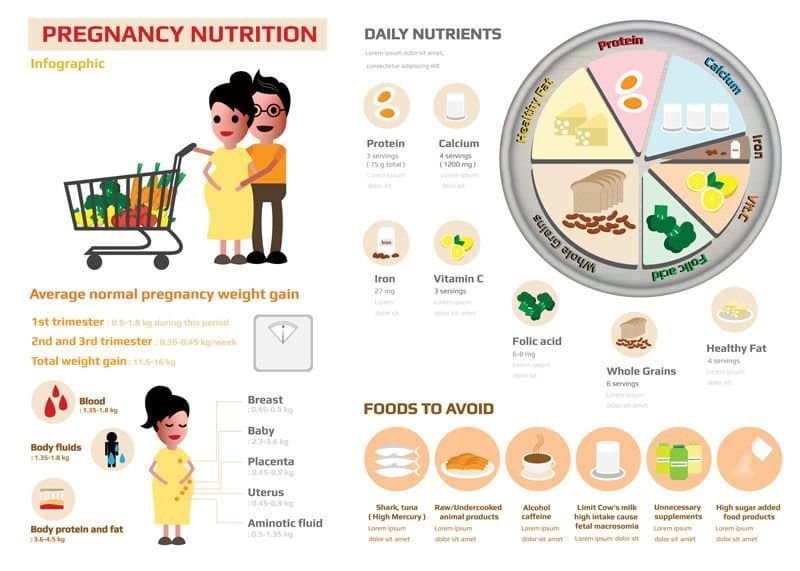 Consequently, the lack of protein will affect the work of all systems and organs, the development of which will lag behind the norm.
Consequently, the lack of protein will affect the work of all systems and organs, the development of which will lag behind the norm.
The first to take a hit are the hematopoietic system and intestines, that is, organs for which a high rate of protein renewal is important. Damage to the intestinal mucosa will lead to a decrease in the absorption of nutrients, which will further worsen the state of health. As for the hematopoietic system, protein deficiency will cause oppression of hematopoiesis and the development of anemia.
All this entails a drop in immunity due to a decrease in the production of protective antibodies, since they also belong to proteins. The neuropsychic development of the child is slowed down. Therefore, a stop in weight is a definite reason for a visit to the doctor to clarify the circumstances.
What too big increases say
Excess weight gain is more common in the second half of the life of children and is most often genetically determined. But if in the family, as they say, “there were no obese”, and the child weighs six months as a year old, it is recommended to visit an endocrinologist.
But if in the family, as they say, “there were no obese”, and the child weighs six months as a year old, it is recommended to visit an endocrinologist.
Weight gain much higher than normal can indicate metabolic disorders and other pathologies that are much better treated at an early age.
How to understand that the child is all right: a simple test
To check the health of the child and understand whether he has enough nutrition, there is a simple test. It was compiled by children's specialists D. Gordon and C. Taylor White, who invite parents to answer several questions:
- How often is the baby attached to the breast?
- Does the child often send natural needs - urinate and walk in a big way?
- Is his urine clear, clear and light yellow?
- Are your eyes bright and shiny?
- Does the skin have a normal color and texture?
- is the child mobile?
- does his nails grow?
- corresponds to the general norms of development by age?
- Is he in a good mood and playful most of the time?
- Do periods of activity alternate with periods of rest?
If you answered “no” to at least a few questions, the situation requires a medical consultation.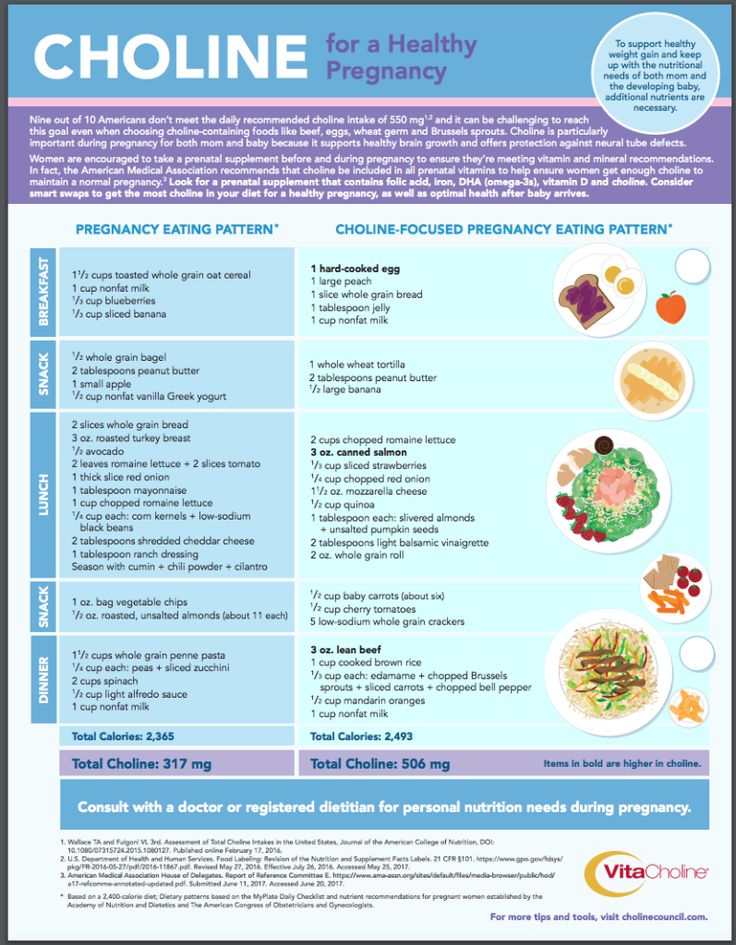 When a child is moderately active, rarely naughty, grows well and behaves like a healthy one, then usually everything is in order.
When a child is moderately active, rarely naughty, grows well and behaves like a healthy one, then usually everything is in order.
FAQ
Is it possible to breastfeed a baby?
+
The weight gain of breastfed babies is quite high, but cases of overeating are very rare. If the child eats too much, he will most likely just regurgitate the excess.
How accurately should the child's weight by months correspond to the norm? Are there physiological reasons for deviations in the weight of a child under one year old?
+
Of course have. The norm of the weight of a newborn by months is a variable indicator. A baby can weigh according to age norms for, say, 3 weeks, and get sick on the fourth. Appetite will deteriorate, weight will stop, and the monthly increase will be below normal. In addition, changes in growth are taken into account: an eternally hungry child practically does not grow. The lethargy and capriciousness of the baby testifies to malnutrition.
The lethargy and capriciousness of the baby testifies to malnutrition.
What can be the reason for insufficient weight gain in newborns by months?
+
Frequent colds, anemia, rickets, dysbacteriosis, metabolic disorders, etc.
What are the signs that a child is malnourished?
+
He will be restless or, conversely, lethargic. Digestive disorders are possible - bloating, too rare or frequent stools, muscle hypertonicity. A malnourished child often does not hold his head well, his skin is dry, pale, prone to peeling. Sometimes there are no natural skin folds on the legs and arms.
Expert opinion
Monthly weight gain in infants is an individual indicator, along with which a number of other factors must be taken into account. Weight norms are affected by initial body weight at birth, physique, heredity and type of feeding. Increases in growth, psychomotor development and the general well-being of the child are also taken into account.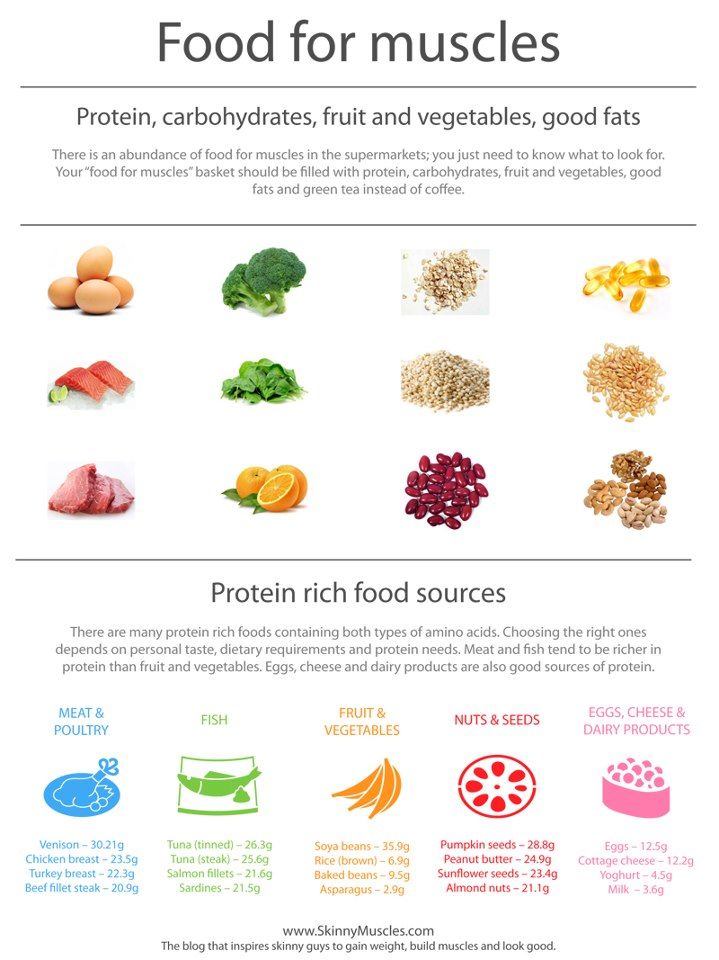 Any violation is a reason for an unscheduled visit to the doctor and control weighing.
Any violation is a reason for an unscheduled visit to the doctor and control weighing.
Height and weight gain for children of the first year of life. Tables
Dear parents, your baby is growing and you are worried about whether he is gaining enough weight and height. For control, there are centile tables for assessing the physical development of children, weight and height indicators. At the same time, you must remember that each baby is individual, he cannot grow according to the textbook. These weight and height recommendations are based on an average number of children and 10% deviation is normal. In addition, the centile corridor from 25% to 75% is an average physical indicator. That is why they say: Physical development is mesosomatic, macrosomatic, microsomatic.
It is important that the weight and height indicators are in the same centile corridor, but no more than two adjacent ones. Then we can talk about harmonious development.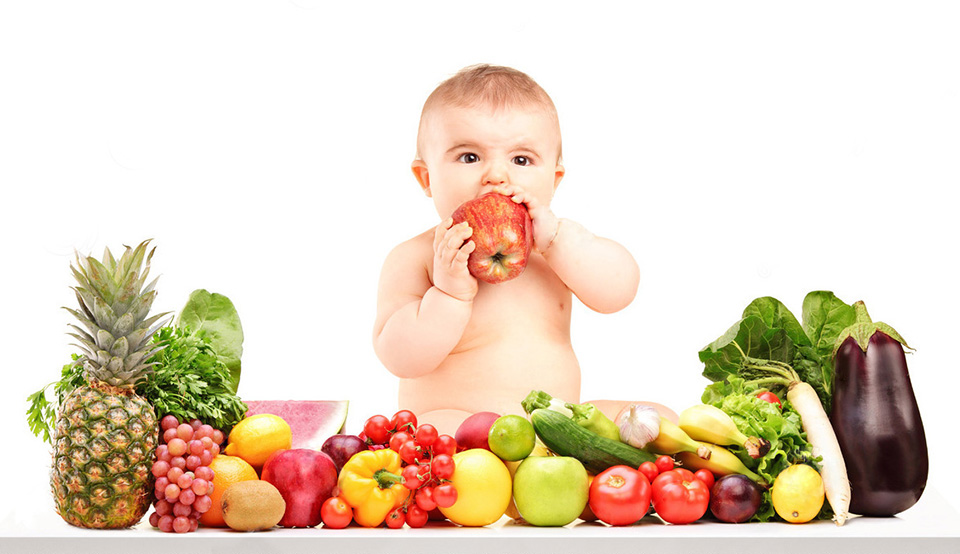 If the gap is more than two centile corridors, the development is disharmonious. Then we can think either about an unbalanced diet or about a pathology associated with obesity (paratrophy), or protein-energy deficiency (hypotrophy). In addition, one should not forget about the constitutional characteristics of the child, about genetic predisposition. Therefore, in no case should you compare your child with a neighbor's. To talk about the health of a child, we evaluate his condition according to many criteria. This is neuropsychic development, laboratory examination data, anamnesis, heredity. How many times in my practice have I met children who gained 400-450 g in weight every month, by the year they barely gained 7.8-8 kg. But at the same time, children already at 10 months began to walk, pronounce syllables, and follow complex instructions.
If the gap is more than two centile corridors, the development is disharmonious. Then we can think either about an unbalanced diet or about a pathology associated with obesity (paratrophy), or protein-energy deficiency (hypotrophy). In addition, one should not forget about the constitutional characteristics of the child, about genetic predisposition. Therefore, in no case should you compare your child with a neighbor's. To talk about the health of a child, we evaluate his condition according to many criteria. This is neuropsychic development, laboratory examination data, anamnesis, heredity. How many times in my practice have I met children who gained 400-450 g in weight every month, by the year they barely gained 7.8-8 kg. But at the same time, children already at 10 months began to walk, pronounce syllables, and follow complex instructions.
We'll talk about weight and height gain for term babies. In preterm infants, rates of weight gain and height differ according to the degree of prematurity.
In addition, children can be born with intrauterine malnutrition.
The tables for girls and boys are different in terms of numerical indicators, but at 1 year of age, these differences are quite minimal.
Centile tables for assessing the physical development of girls from 0 to 12 months.
| Body length (height), cm. Centiles in % | Age in months | Body weight, kg. Centiles in % | ||||||||||||
| 3 | ten | 25 | fifty | 75 | 90 | 97 | 3 | ten | 25 | fifty | 75 | 90 | 97 | |
| 45. | 47.5 | 49.8 | 50.7 | 52.0 | 53.1 | 53.9 | 0 | 2.6 | 2.8 | 3.0 | 3.3 | 3.7 | 3.9 | 4.1 |
| 48.5 | 50.3 | 52.1 | 53.5 | 55.0 | 56.1 | 57.3 | one | 3.3 | 3.6 | 3.8 | 4.2 | 4.5 | 4.7 | 5.1 |
| 51.2 | 53.3 | 55.2 | 56.8 | 58. | 59.3 | 60.6 | 2 | 3.8 | 4.2 | 4.5 | 4.8 | 5.2 | 5.5 | 5.9 |
| 54.0 | 56.2 | 57.6 | 59.3 | 67.7 | 61.8 | 63.6 | 3 | 4.4 | 4.8 | 5.2 | 5.5 | 5.9 | 6.3 | 6.7 |
| 56.7 | 58.4 | 60.0 | 61.2 | 62.8 | 64.0 | 65.7 | four | 5. | 5.4 | 5.8 | 6.2 | 6.6 | 7.0 | 7.5 |
| 59.1 | 60.8 | 62.0 | 63.8 | 65.1 | 66.0 | 68.0 | 5 | 5.5 | 5.9 | 6.3 | 6.7 | 7.2 | 7.7 | 8.1 |
| 60.8 | 62.5 | 64.1 | 65.5 | 67.1 | 68.8 | 70.0 | 6 | 5.9 | 6.3 | 6.8 | 7.3 | 7. | 8.3 | 8.7 |
| 62.7 | 64.1 | 65.9 | 67.5 | 69.2 | 70.4 | 71.9 | 7 | 6.4 | 6.8 | 7.3 | 7.7 | 8.4 | 8.9 | 9.3 |
| 64.5 | 66.0 | 67.5 | 69.0 | 70.5 | 72.5 | 73.7 | eight | 6.7 | 7.2 | 7.6 | 8.2 | 8.8 | 9.3 | 9.7 |
| 66. | 67.5 | 69.1 | 70.2 | 72.0 | 74.1 | 75.5 | 9 | 7.1 | 7.5 | 8.0 | 8.6 | 9.2 | 9.7 | 10.1 |
| 67.5 | 69.0 | 70.3 | 71.9 | 73.2 | 75.3 | 76.8 | ten | 7.4 | 7.9 | 8.4 | 9.0 | 9.6 | 10.1 | 10.5 |
| 68.9 | 70.1 | 71.5 | 73.0 | 74. | 76.5 | 78.1 | eleven | 7.7 | 8.3 | 8.7 | 9.3 | 9.9 | 10.5 | 10.9 |
| 70.1 | 71.4 | 72.8 | 74.1 | 75.8 | 78.0 | 79.6 | 12 | 8.0 | 8.5 | 9.0 | 9.6 | 10.2 | 10.8 | 11.3 |
At the same time, until the age of three months, the child adds 20-30 grams per day daily, respectively, from 140 to 200 per week. If we talk about the average weight gain by months, then it is only 600 g per month, since the child after birth has physiological weight loss (with urine, feces, transition from intrauterine feeding to breastfeeding during the adaptation period), approximately 10% of the weight, which is 200-300 grams.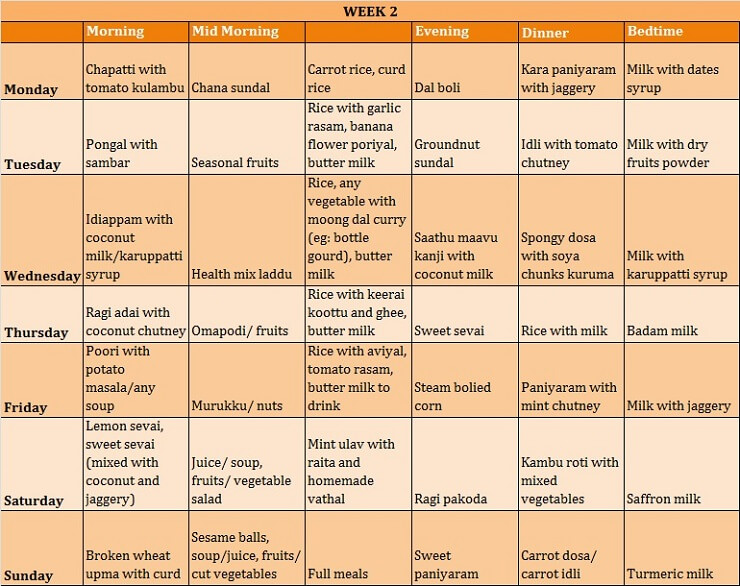
More often, by 3-4 days, the child restores its original weight, and then there is an increase. But I had a case in practice when the child began to gain weight from the 20th day of life, while the girl was active, reflexes were alive, her appetite was good, she could withstand the night interval, stool 4-5 times a day, urination was sufficient, developed according to age. Therefore, do not worry. Our indicator is the well-being of the child. If the baby is active, eats with appetite, sleep is calm, the skin is clean, physiological functions are not disturbed, be calm, your baby is healthy and not hungry. You see from the table the range of weight per year is from 8 to 13 kg. This is the norm. There is no reason to run to the endocrinologist, genetics, to examine the child.
Or the opposite situation: in the first months of life, a child gains 1-1.5 kg while breastfeeding. If the baby does not have colic, he does not spit up, there are no gastrointestinal manifestations, he is active, the skin is clean, physiological functions are not disturbed - this is also the norm. Remember, as often happens, premature babies quickly gain weight and catch up with their peers by the year. And large babies gain weight more slowly. In my entire thirty-year practice, only two children weighed 14-15 kg by the year, although their parents were large and tall. By the age of three, they weighed almost the same, added only in height, the rest of their peers caught up with them.
Remember, as often happens, premature babies quickly gain weight and catch up with their peers by the year. And large babies gain weight more slowly. In my entire thirty-year practice, only two children weighed 14-15 kg by the year, although their parents were large and tall. By the age of three, they weighed almost the same, added only in height, the rest of their peers caught up with them.
| Month | Weight gain in grams |
| one | 600.0 |
| 2 | 800.0 |
| 3 | 800.0 |
| four | 750.0 |
| 5 | 700.0 |
| 6 | 650.0 |
| 7 | 600.0 |
| eight | 550. |
| 9 | 500.0 |
| ten | 450.0 |
| eleven | 400.0 |
| 12 | 350.0 |
It is believed that by 4-4.5 months the child should double the weight, and triple by the end of the year.
It happens that the increase in height and weight goes in leaps, seasonality, unevenness, and sometimes asymmetry of growth are noted. Pediatricians are concerned about the circumference of the head and chest, by 2-3 months they should be equal. Further, the breast grows faster. This is important so as not to miss the pathology.
The younger the child, the faster his growth. In the first 3 months of life, body length increases by 3 cm monthly, in the second quarter by 2.5-2 cm monthly. In the third - 1.5-2 cm, in the fourth - 1 cm monthly.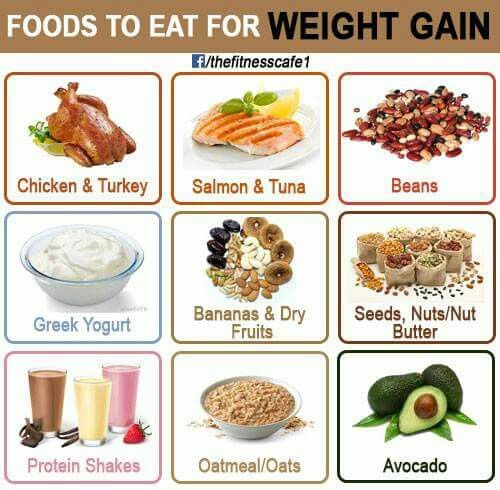 The total increase in height in the first year of life is about 25 cm.
The total increase in height in the first year of life is about 25 cm.
Centile tables for assessing the physical development of boys from 0 to 12 months.
| Body length (height), cm. Centiles in % | Age in months | Body weight, kg Centiles in % | ||||||||||||
| 3 | ten | 25 | fifty | 75 | 90 | 97 | 3 | ten | 25 | fifty | 75 | 90 | 97 | |
| 46.5 | 48.0 | 49.8 | 51.3 | 52.3 | 53.5 | 55. | 0 | 2.7 | 2.9 | 3.1 | 3.4 | 3.7 | 3.9 | 4.4 |
| 49.5 | 51.2 | 52.7 | 54.5 | 55.6 | 56.5 | 57.3 | one | 3.3 | 3.6 | 4.0 | 4.3 | 4.7 | 5.1 | 5.4 |
| 53.6 | 53.8 | 55.3 | 57.3 | 58.2 | 59.4 | 60.9 | 2 | 3.9 | 4.2 | 4. | 5.1 | 5.6 | 6.0 | 6.4 |
| 55.3 | 56.5 | 58.1 | 60.0 | 60.9 | 62.0 | 63.8 | 3 | 4.5 | 4.9 | 5.3 | 5.8 | 6.4 | 7.0 | 7.3 |
| 57.5 | 58.7 | 60.6 | 62.0 | 63.1 | 64.5 | 66.3 | four | 5.1 | 5.5 | 6.0 | 6.5 | 7.2 | 7.6 | 8. |
| 59.9 | 61.1 | 62.3 | 64.3 | 65.6 | 67.0 | 68.9 | 5 | 5.6 | 6.1 | 6.5 | 7.1 | 7.8 | 8.3 | 8.8 |
| 61.7 | 63.0 | 64.8 | 66.1 | 67.7 | 69.0 | 71.2 | 6 | 6.1 | 6.6 | 7.1 | 7.6 | 8.4 | 9.0 | 9.4 |
| 63.8 | 65.1 | 66. | 68.0 | 69.8 | 71.1 | 73.5 | 7 | 6.6 | 7.1 | 7.6 | 8.2 | 8.9 | 9.5 | 9.9 |
| 65.5 | 66.8 | 68.1 | 70.0 | 71.3 | 73.1 | 75.3 | eight | 7.1 | 7.5 | 8.0 | 8.6 | 9.4 | 10.0 | 10.5 |
| 67.3 | 68.2 | 69.8 | 71.3 | 73.2 | 75.1 | 75. | 9 | 7.5 | 7.9 | 8.4 | 9.1 | 9.8 | 10.5 | 11.0 |
| 68.8 | 69.1 | 71.2 | 73.0 | 75.1 | 76.9 | 78.8 | ten | 7.9 | 8.3 | 8.8 | 9.5 | 10.3 | 10.9 | 11.4 |
| 70.1 | 71.3 | 72.6 | 74.3 | 76.2 | 78.0 | 80.3 | eleven | 8.2 | 8.6 | 9. | ||||

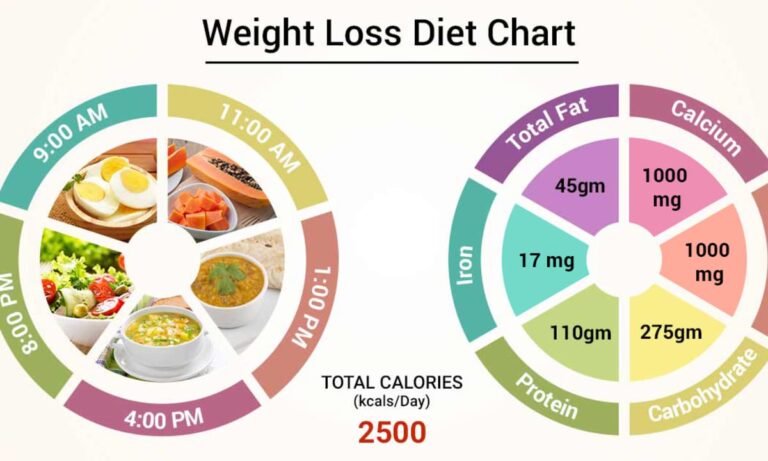
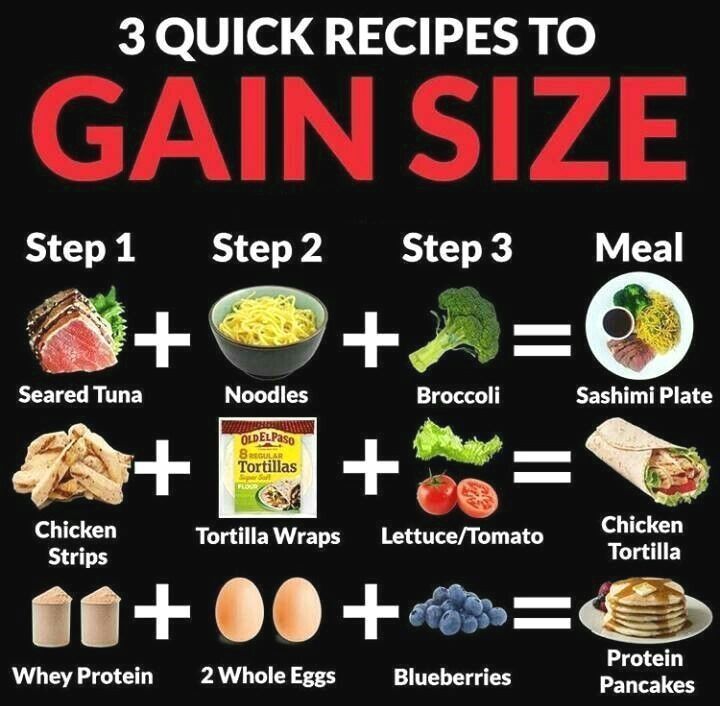 5
5 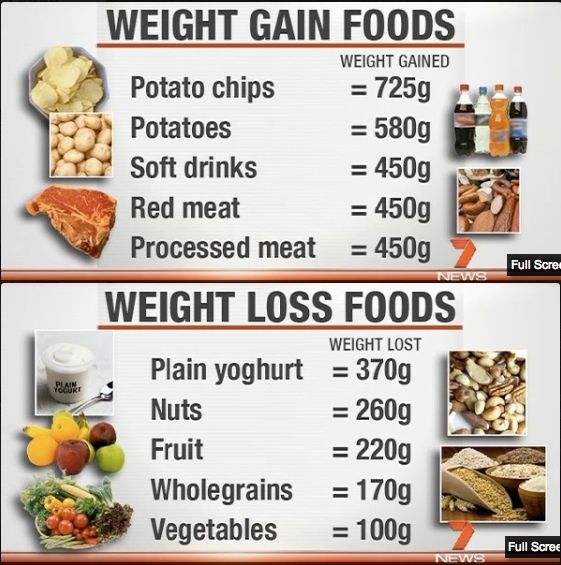 – 450-675
– 450-675 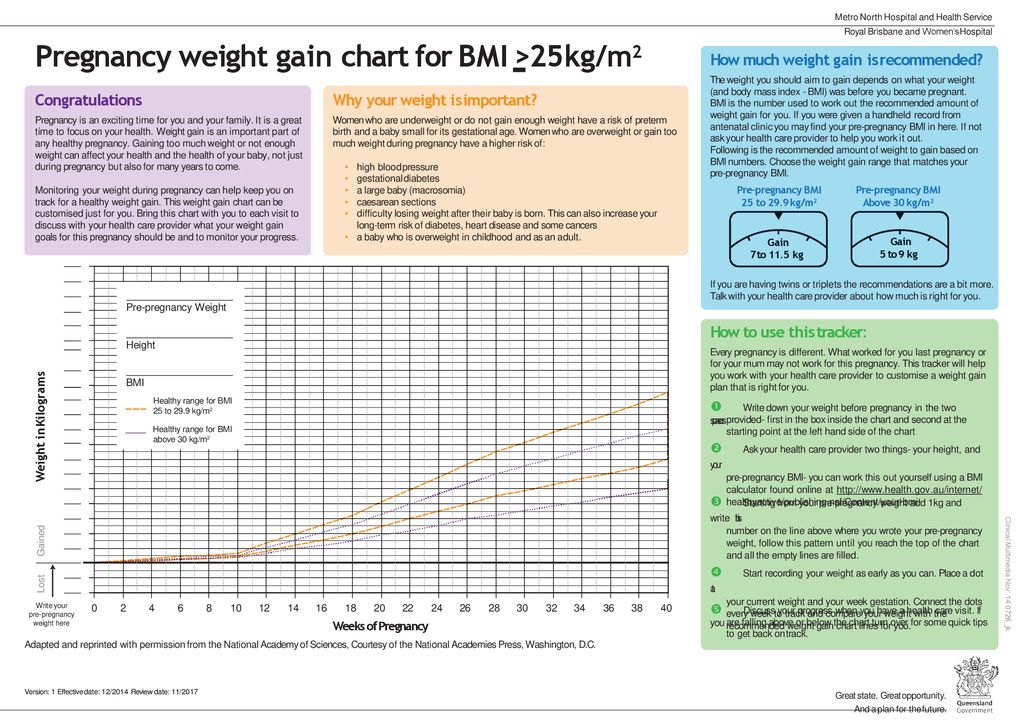 8
8 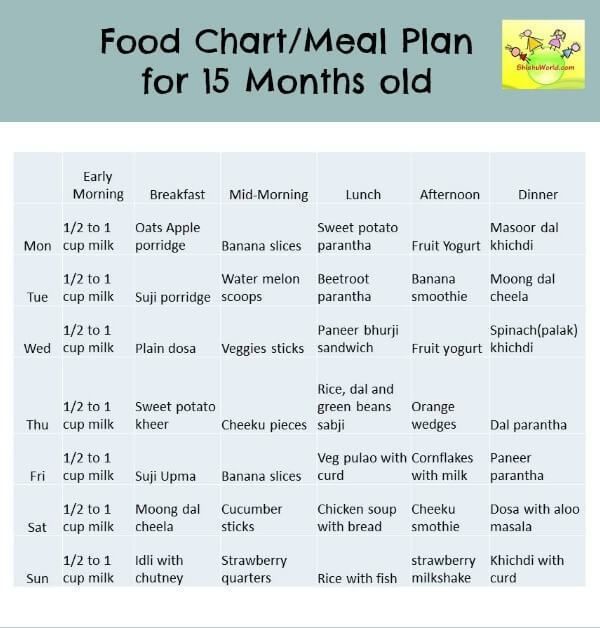 0
0 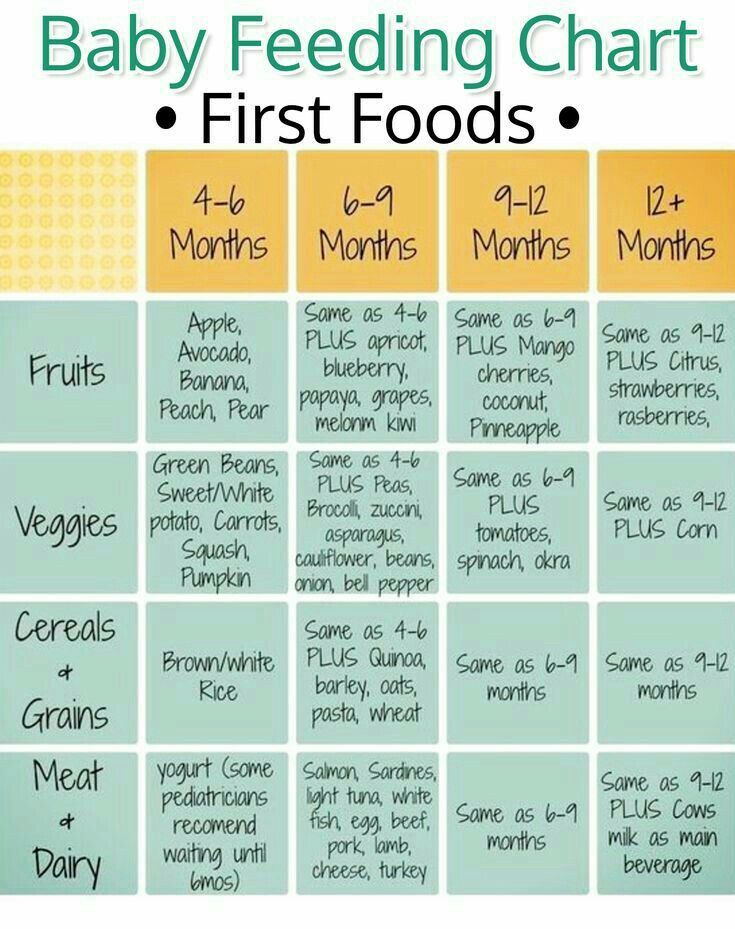 0
0 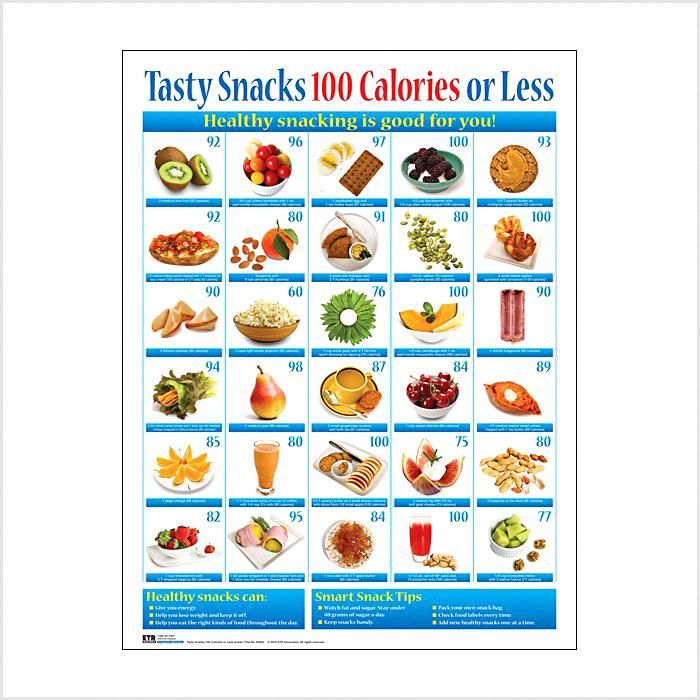 8
8  0
0  7
7 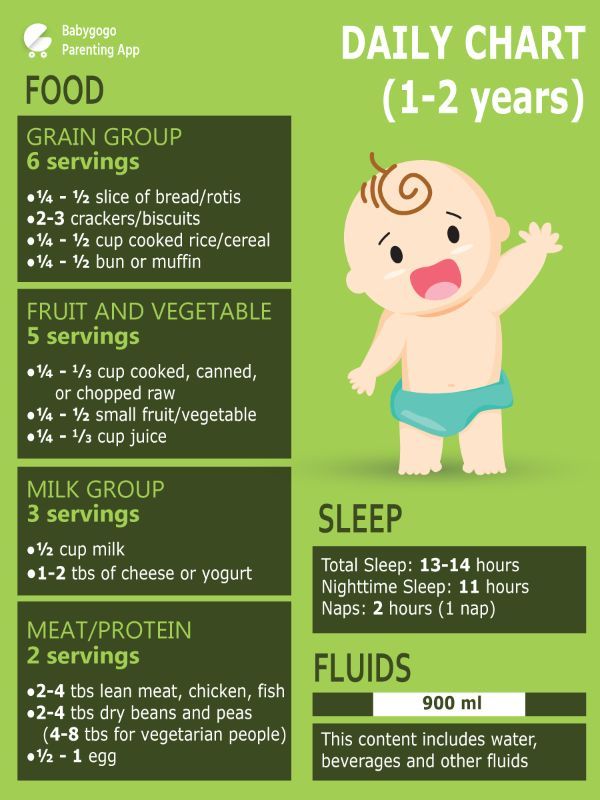 0
0 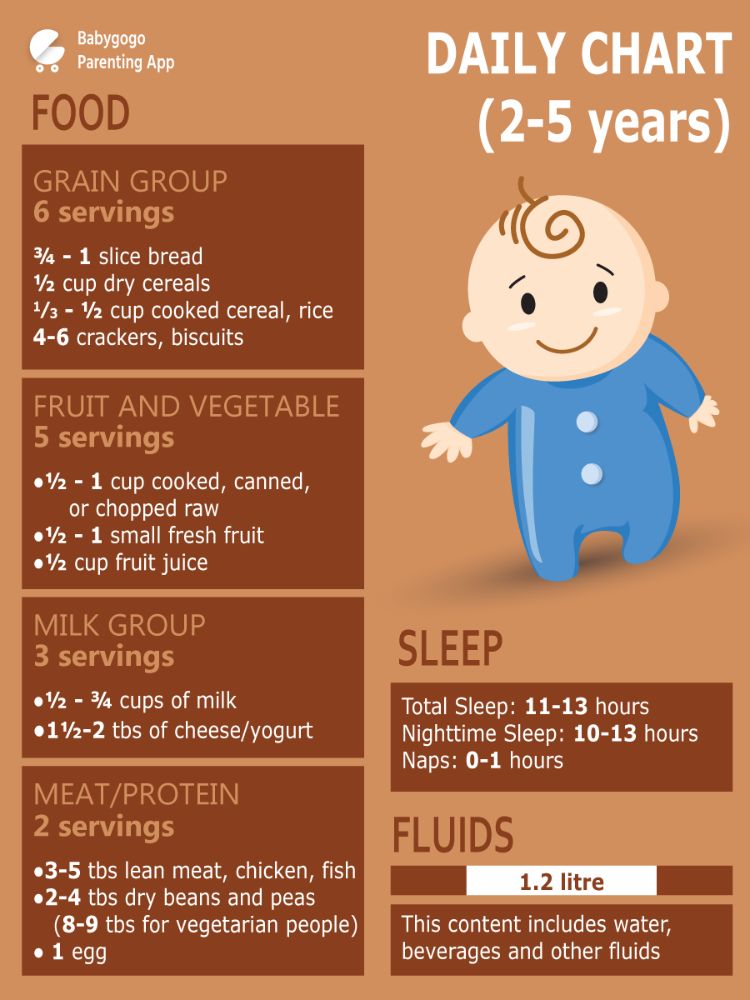 0
0  6
6 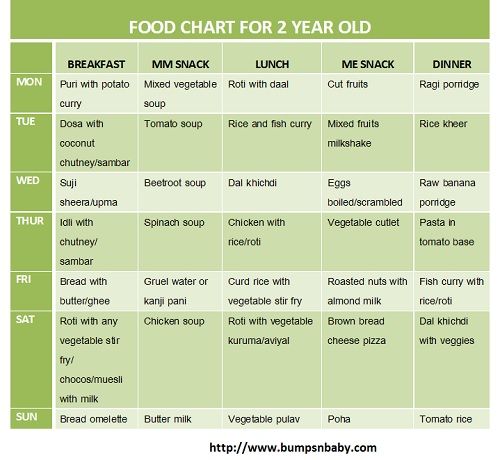 1
1 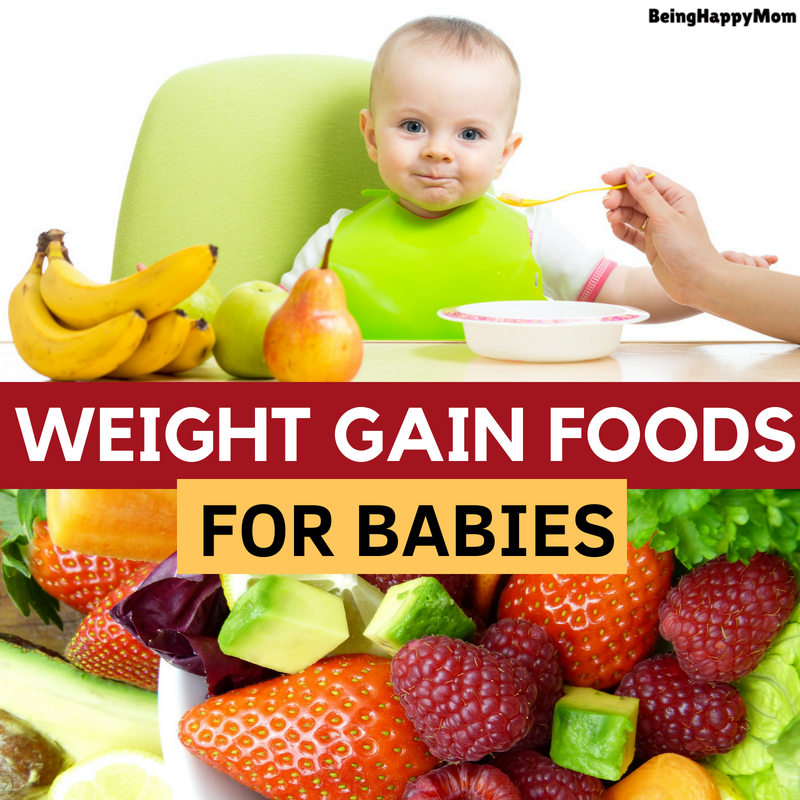 3
3 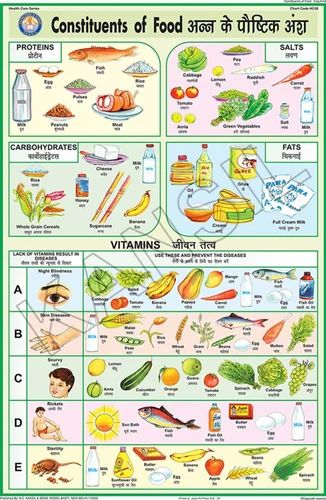 5
5 





